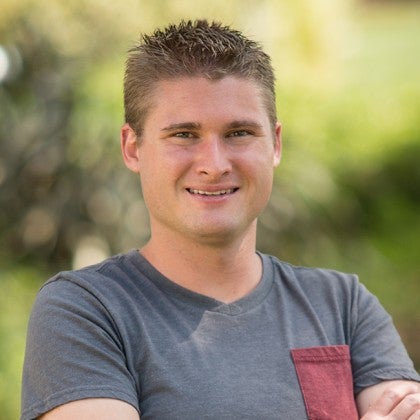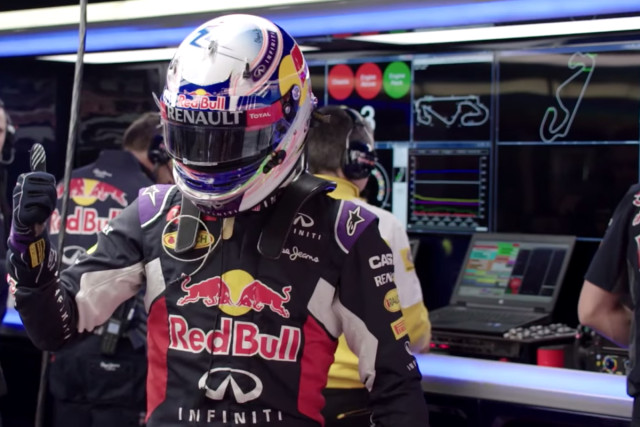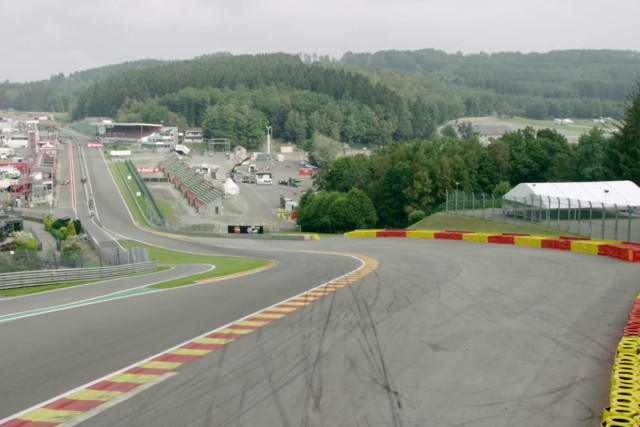You don’t generally think of Formula 1 crew members as the touchy feely type, with feelings, sensitivities, personal goals, dreams and the like. When I think of Formula 1 crews my mind immediately snaps to technicians in lab coats holding laptops with telemetry read outs, physicists, and aerodynamicists so wrapped up in their own heads you would never even consider having a jovial chat with them.
In a beautiful and artistically shot series of 11 videos, Infiniti presents us with “The Human Challenge in F1”. This series walks us through some of the key role players in the Infiniti RedBull race team. They Give us a rare glimpse into their personal role, what gives them satisfaction in racing, and highlight some of the challenges faced by the human condition in the ever increasingly engineered sport of auto racing. As much as the lab coats would like to remove unpredictable variables, the human in the middles will always be a key to the equation.
Heading off the series is William Courtenay the Head of Race Strategy. Leading up to the Belgian Grand Prix at Spa Courtenay illustrates concerns such as pit strategy and track conditions. Subsequent videos in the series take the viewer around the world to discuss Silverstone, Monaco, the Chinese GP, and many other locations that require important consideration when the financial and personal stake evident in Formula 1 are a player.
The interviews contained in this series are not limited to team managers, spewing PR at race fans in an effort to build loyalties. Genuine insight into the human mechanics of Formula 1 are touched upon with other key players in direct contact with drivers.
Personal coach to Daniel Ricciardo, Stuart Smith oversees the charismatic driver’s well being on and off the track, catering primarily to his psychological needs. Keeping tabs on the nutritional, hydration, and physical needs of all team members is John Hammond. It is easily overlooked by the casual observer that racing is a sport demanding a level of athleticism ranging from very mild to very extreme depending on the type.

Composite materials are used throughout the Formula 1 chassis, strength, aerodynamics, and weight are huge considerations in such a demanding race environment.
Above all, Formula 1 cars are known for being the fastest things on four wheels around a road course. Behind the amazing design, maintenance, and engineering are a vast crew of techs. The chief leaders among which are Trackside Control Engineer Michael Manning, Head of Race Engineering Guillaume Rocquelin, Senior Composites Technician Stuart Jones, and Senior Garage Technician Nigel Hope.
Race teams, like any camaraderie based teams are tight nit groups with individuals coming from all sorts of personal backgrounds. People are attracted to motorsports for more reasons than most people ever consider. While the sensations of speed, acceleration and agility are the hedonistic base for our passion, the drive runs far deeper.
For many it’s the challenge of competition, proving oneself. For others competition is besides the point and a more introspective approach leads the competitor our crew member to explore their own personal investment in the sport. Personally for this writer, the adventure of endurance motorsport is the physical and psychological challenge.























